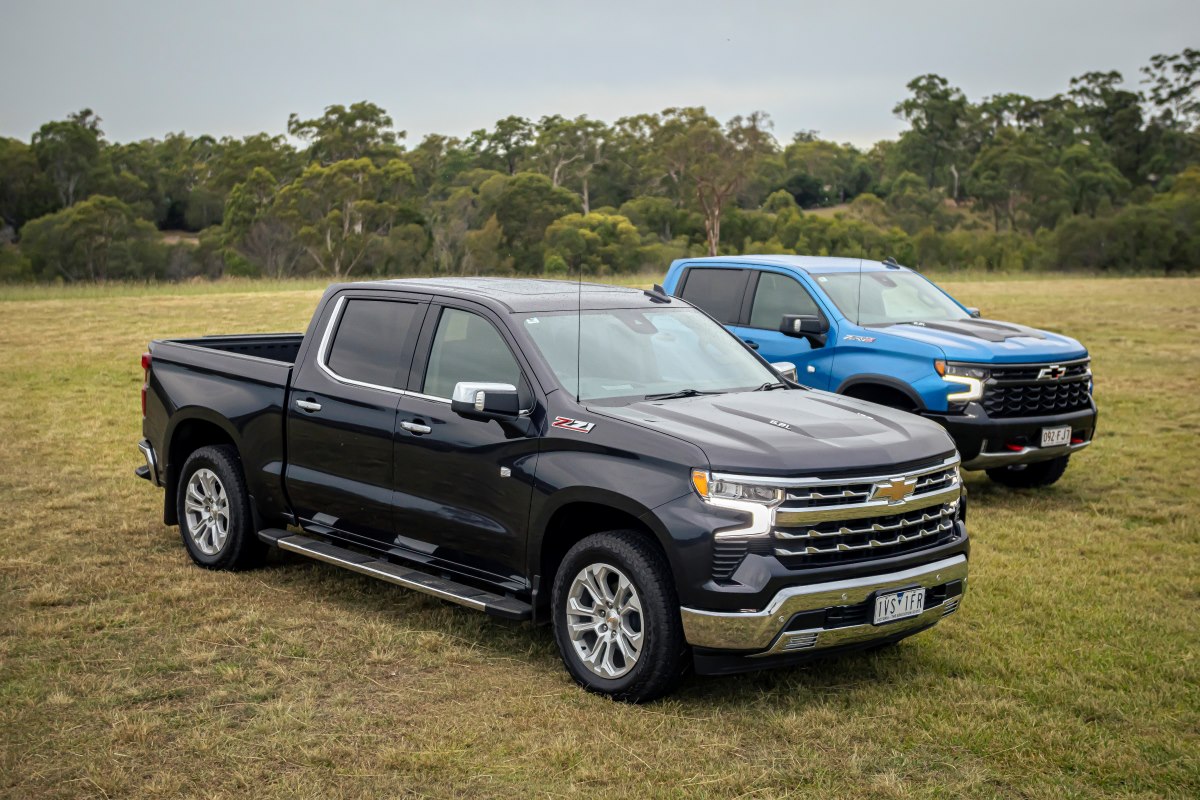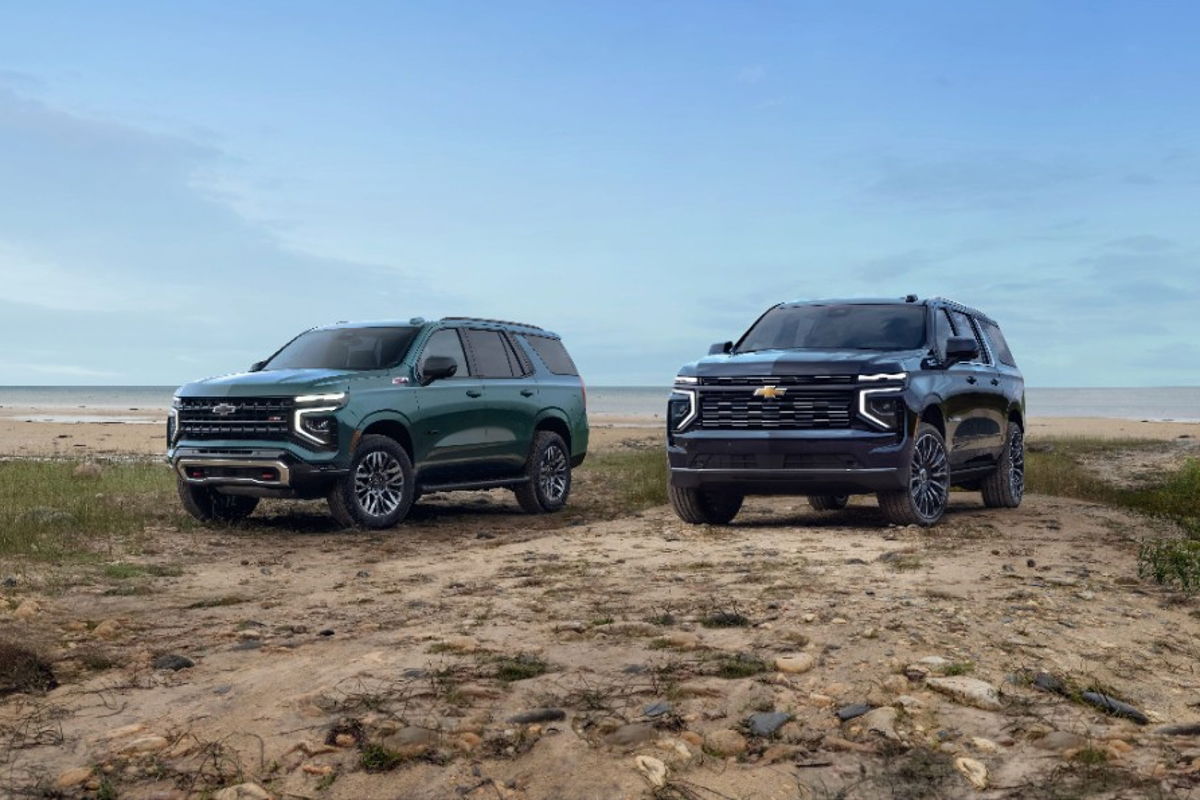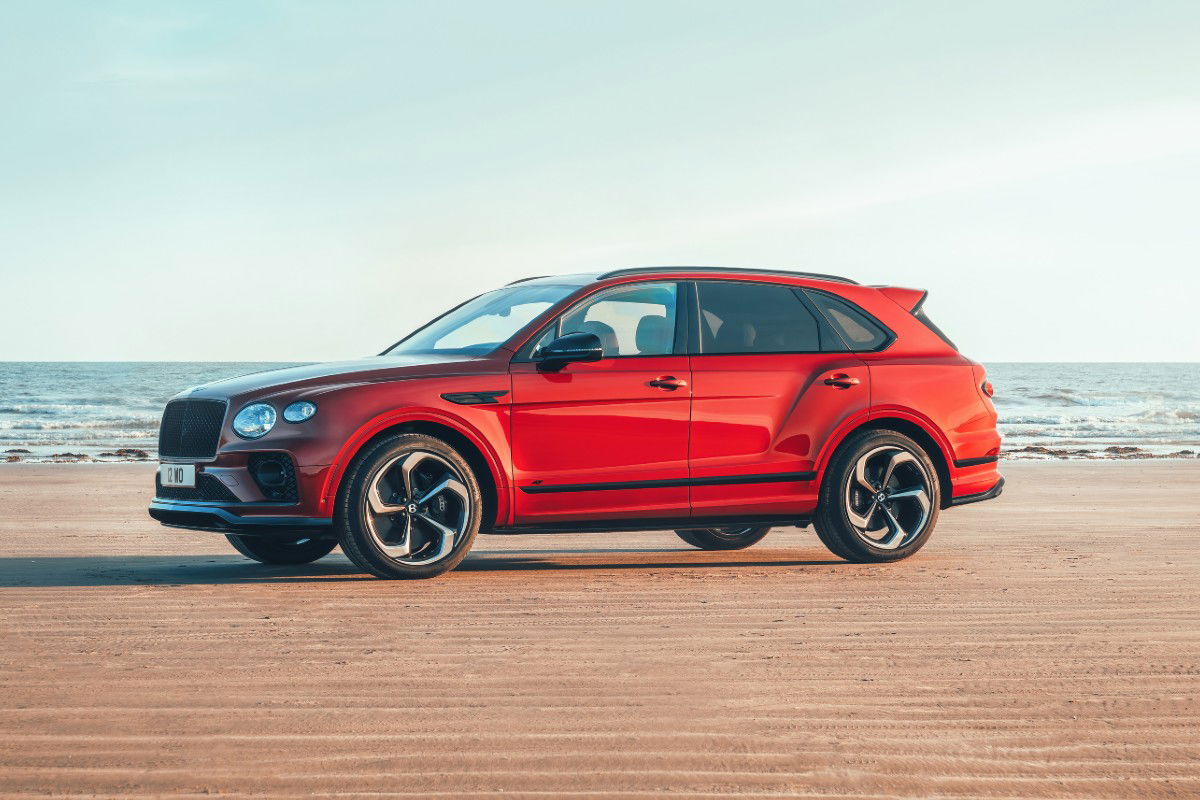
Of the ‘Big Three’ US manufacturers – General Motors, Ford and Stellantis – only GM reported positive net earnings growth for the first half of this year.
Whilst there’s a myriad of factors in this, for me there’s one major stand out consideration as to why GM is still producing good numbers despite a highly competitive market these days in the USA. And that’s the GMT T1XX platform upon which so many of it’s most profitable models are built.
Both the media and Ford continue to trumpet the success of the Ford F-150 truck as being the best selling nameplate in the US. And, whilst that’s true, the real story is rather deeper and shows why it is GM, not Ford, that is really capitalizing on the truck market in North America in the current model cycle.
The key is that the T1XX platform is home to not only the Chevrolet Silverado, the direct competitor to the F-Series, but also to the near identical GMC Sierra. So, whilst the F-Series sold 352k units in the first half of 2024 in the USA, and the Silverado line-up sold 281k, the kicker is that the Sierra added another 122k units to the GM tally. The Silverado/Sierra duo are easy winners over the Ford. But then it gets much more interesting.
In the same way that the excellent Ford Everest is a spin-off product of the Ranger here in our part of the world, both Ford and GM make hay from the similar spin-offs based on the truck platforms over there, the large SUVs. As anyone who’s worked in the industry will tell you, the real profits for everyone in the business come from the higher end, premium, products. They cost peanuts more to make compared with entry-level vehicles but wholesale, and retail, at way higher dollars.

So, drilling down into the rest of the respective ranges that are offshoots of the high volume truck platform gives you these SUV lineups:
Ford: Ford Expedition, Lincoln Navigator
GM: Chevrolet Tahoe & Suburban, GMC Yukon, Cadillac Escalade
Add the first half of 2024 sales up for these and you get 50k of sales for Ford/Lincoln versus 128k for Chevrolet/GMC/Cadillac. Combined platform sales for the period are therefore 402,000 for Ford, and 531,000 for General Motors. That’s a whole heap of not only extra sales overall for GM, but also a huge extra number of high margin SUV ones. For instance, if each of those extra 78k units of SUV models that GM has over Ford was producing $20k of gross profit, that’s a $1.5 billion advantage!
That’s also without considering that almost 20,000 of those GM sales are the Escalade. I’d reckon that the extra margin built into those units is way more than a Suburban or an Expedition. And the Escalade outsells it’s Navigator competition by a factor of three-to-one.
There are other platforms around the automotive world that easily outsell these Ford and GM ones in terms of numbers. But are any others even remotely as profitable, let alone comparable with the T1XX?

The only one that I can see out there that might get close, not in terms of volume, but in margin per unit, would be the Volkswagen Touareg. Whilst the Touareg itself wouldn’t be any great shakes margin-wise, those nameplates that share the platform are the Audi Q7 and Q8, the Porsche Cayenne, the Lamborghini Urus and the Bentley Bentayga. All big profit generators.
The car business is a bit like the airline business. You need to have the front of the plane to help pay for the back of it on longer flights. In the car world, manufacturers need the high end models to help justify the cheaper ones. The big dollars are earned in the prestige end of the market, whilst the run-of-the-mill models probably hover around that plus or minus breakeven line for most car makers. So, even small gains in volume in the high-end sector can feed large increases in earnings for the major players.
Hence the importance of the General Motors’ T1XX platform and it’s impact on the success of the company financially. It really is a major point of difference between Ford and GM at the moment and underlines how vital these body-on-chassis programs are to US manufacturers.
Both Ford and GM will have substantially updated full-size trucks on sale within a couple of years and, given the ongoing investments needed in new drivetrains (electric, hybrid or otherwise), neither of them can afford to get in wrong. But, inevitably, one will get it more right than the other and potentially earn billions more from the up-scale versions.
Meantime, regardless of who becomes the next President of the USA, large truck sales, together with their highly profitable offshoot models, aren’t likely to collapse any time soon. They’re simply too important to the success of the major players and, therefore, to the livelihoods of too many people.














Discussion about this post